9 Times Nature Was Totally Metal in 2018
Nature Is Metal.
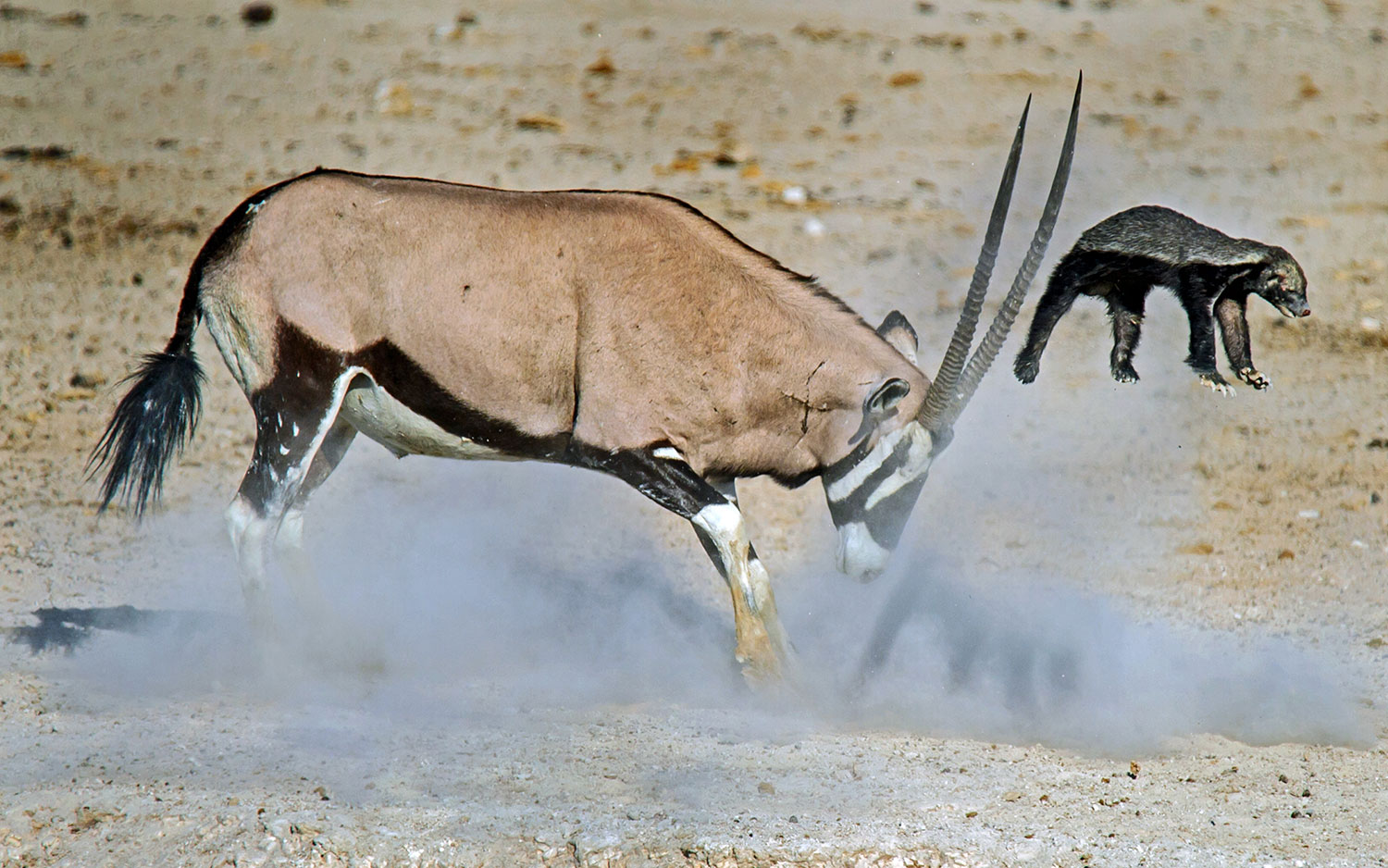
Nature. It's home to such popular creations as butterflies, orchids and elephants that eat cereal with their trunks.
We love these bright, happy things about our planet, of course — but nature also has a darker side. A brutal side. A metal side. For every donkey and emu that fall in love, there is a two-headed snake waging a constant fight to the death with itself. For every blooming flower, there is a melting iceberg shaped like a casket.
We invite you now to slip on your blackest T-shirt, crank some Sabbath and thoughtfully head bang along as we review the nine most metal discoveries, photographs and unexplained phenomena that crept out of nature's darkest corners in 2018.
When Scientists Discovered NeCROWphelia
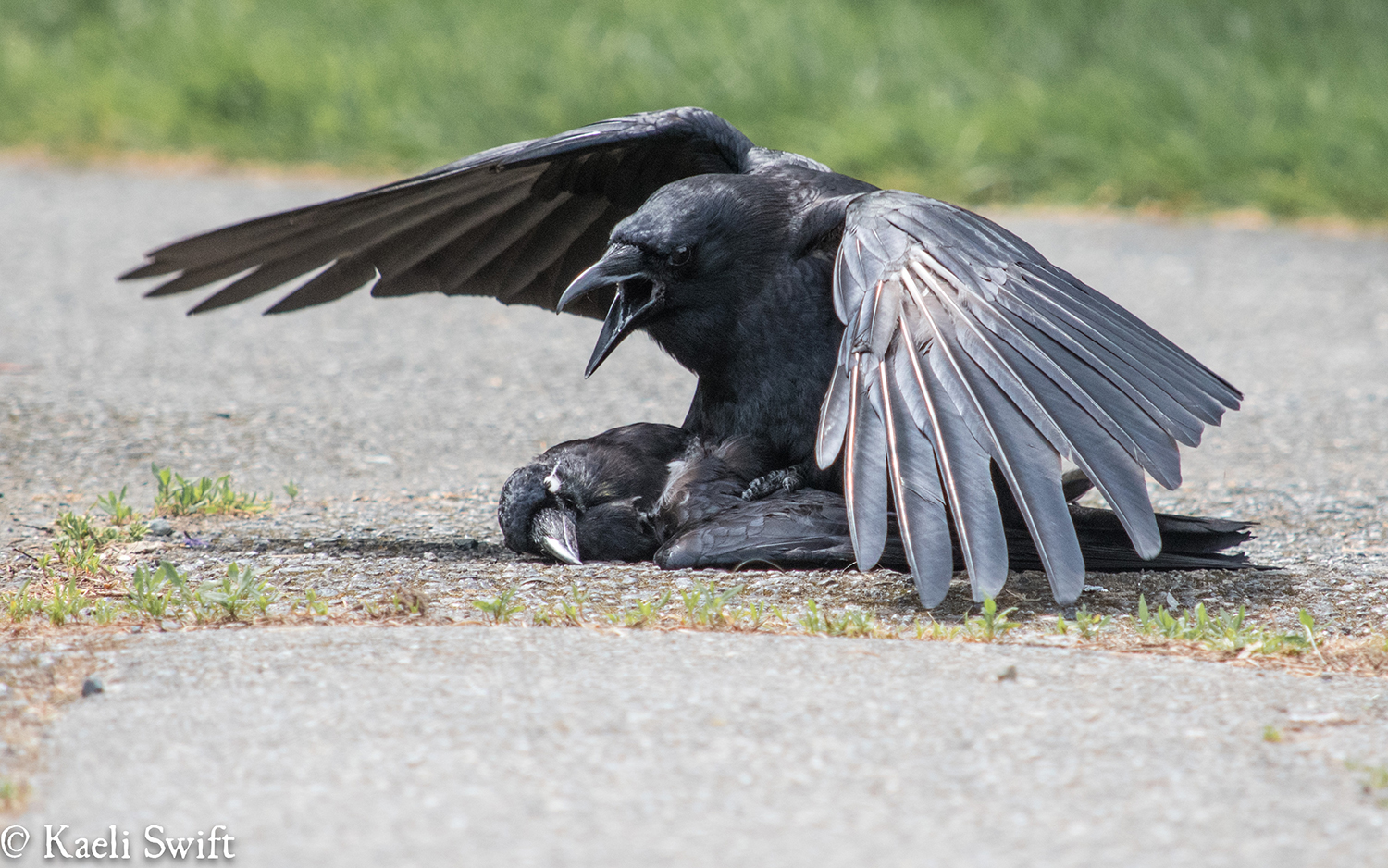
Crows are nature's most metal birds. They're black as a broken heart, smart enough to turn a twig into a shiv and, as George R.R. Martin loves to remind us, fond of eating the dead. This year, scientists added one more feather to that cap of creepiness: turns out crows also copulate with corpses.
Scientists at the University of Washington were watching footage of a "crow funeral" when they noticed some of the birds in attendance didn't stop at cawing their respects to their fallen flock-mate. Some crows attacked the corpse; others mounted and tried to mate with it. Why? No one knows. But the researchers hypothesize it could be a confused, emotional response to seeing a dead comrade (a clear signal of danger) during the stressful heights of mating season.
Crows: Even darker than you thought.
The Coffin-Berg Cometh (and Dieth)

In November, NASA satellites caught a glimpse of arguably the most poignant possible symbol of Earth's climate-hobbled future: A lone iceberg, shaped like a coffin, drifting into warm waters to die forever.
There is nothing not metal about this, except perhaps that the ice doesn't appear to be bloodstained or wearing even a single tattoo.
According to NASA, the coffin-berg (officially named B-15T) broke off Antarctica's Ross ice shelf about 18 years ago, then bobbed around the continent's frigid southern border for nearly two decades. Scientists said the coffin-berg's shape is partially a result of collisions with other icy bodies during that time, but ultimately is "an accident of time and space," sort of like life itself (#metal). In any case, coffin-berg has now drifted into the southern Atlantic where it will soon melt out of existence forever, sort of like you, me and everyone you've ever known. (#doublemetal.)
The 'Skull and Crossbones Nebula' Is So Ready to Rock
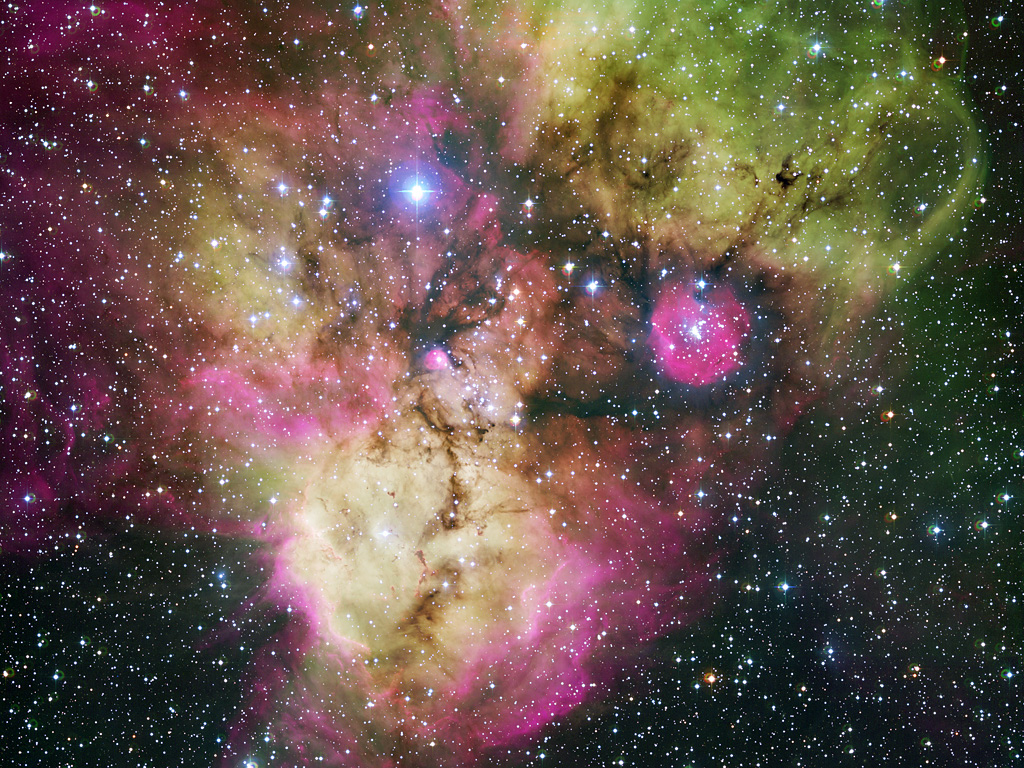
When you scream into the void, sometimes the void screams back.
That screaming is probably coming from the so-called "skull and crossbones nebula," a hellish mask of overlapping stars located a few tens of thousands of light-years beyond Earth. Why the name? Look at it. From our planet's point of view, the nebula's swirling plumes of gas and dust form the outline of a giant face in the night sky. Two bright star clusters leer out from the face's dark sockets like menacing eyes.
Scientists like photographing and studying the nebula because it's young (less than 2 million years old, probably) and actively forming stars. We like it because it's spooky-as-all-get-out, and the best proof we have that nature's most metal creations are still lurking out there in space, just beyond our vision, waiting to scare the bejesus out of us.
This Two-Headed Viper Can't Stop Fighting Itself
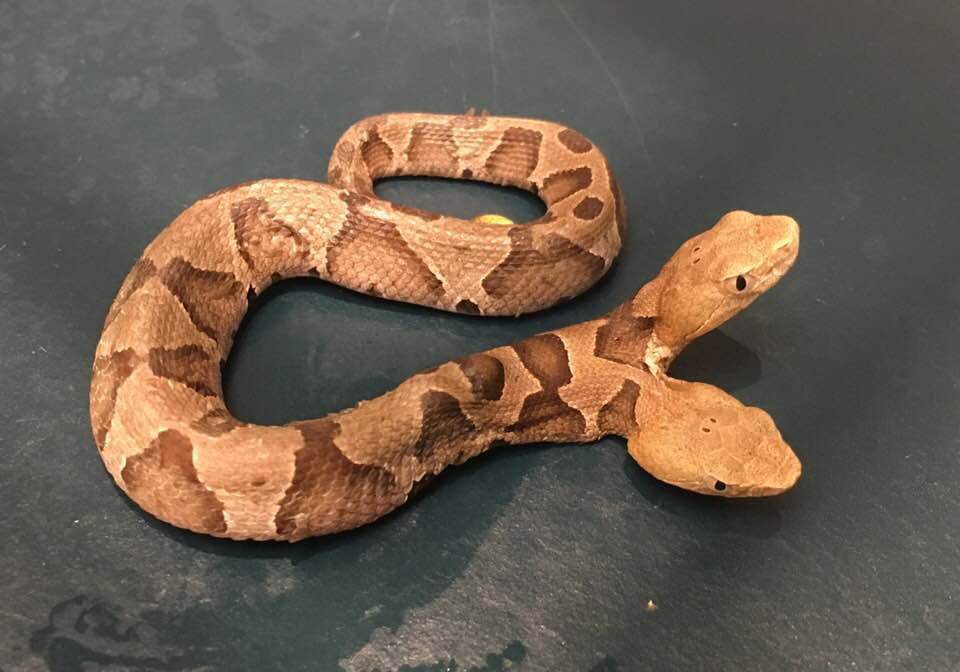
It's said that each of us is his or her own worst enemy. That's especially true when you're a hungry, venomous snake with two heads.
One such snake — a baby, two-headed copperhead — was discovered this year slithering around a family's yard in northern Virginia. According to a statement from the Wildlife Center of Virginia, the rare conjoined serpent has two brains, two tracheas and two esophagi leading to a single, shared heart and set of lungs. Both heads are capable of catching and swallowing prey — and that's where the trouble starts.
These heads just can't get along. They can't decide on when to eat, who gets to swallow what or even which direction to slither in. In nature, they'd be doomed. In a zoo (where they'll likely end up if they survive long enough) they'll just be awesome.
In other totally metal snake news, it turns out cobras cannibalize each other, like, all the time.
The Chest-Bursting Wasp Named for an Alien

The parasite wasps of the ichneumonoidea family are so savage that they've actually convinced theologians to second guess whether a benevolent God could have possibly created them. What makes these bugs so brutal? Just that they reproduce by laying eggs inside of caterpillars, then wait for the hatchlings to literally chew their way out of their still-living hosts.
Fun! And better yet, scientists think there might be 10,000 unique species of these chest-bursting buggers around the world just waiting to be discovered. One group of researchers writing in the Journal of Hymenoptera Research described three new species earlier this year. Fittingly, they named one of them Dolichogenidea xenomorph — an homage to the parasitic alien from Ridley Scott's 'Alien' (her name was also Xenomorph).
Besides a common name, D. xenomorph and her cinematic counterpart also share a spooky, streamlined body and a penchant for really ruining their host’s days. You can find D. xenomorph in Australia and in your nightmares.
Goth Moth Drinks Bird Tears for Supper
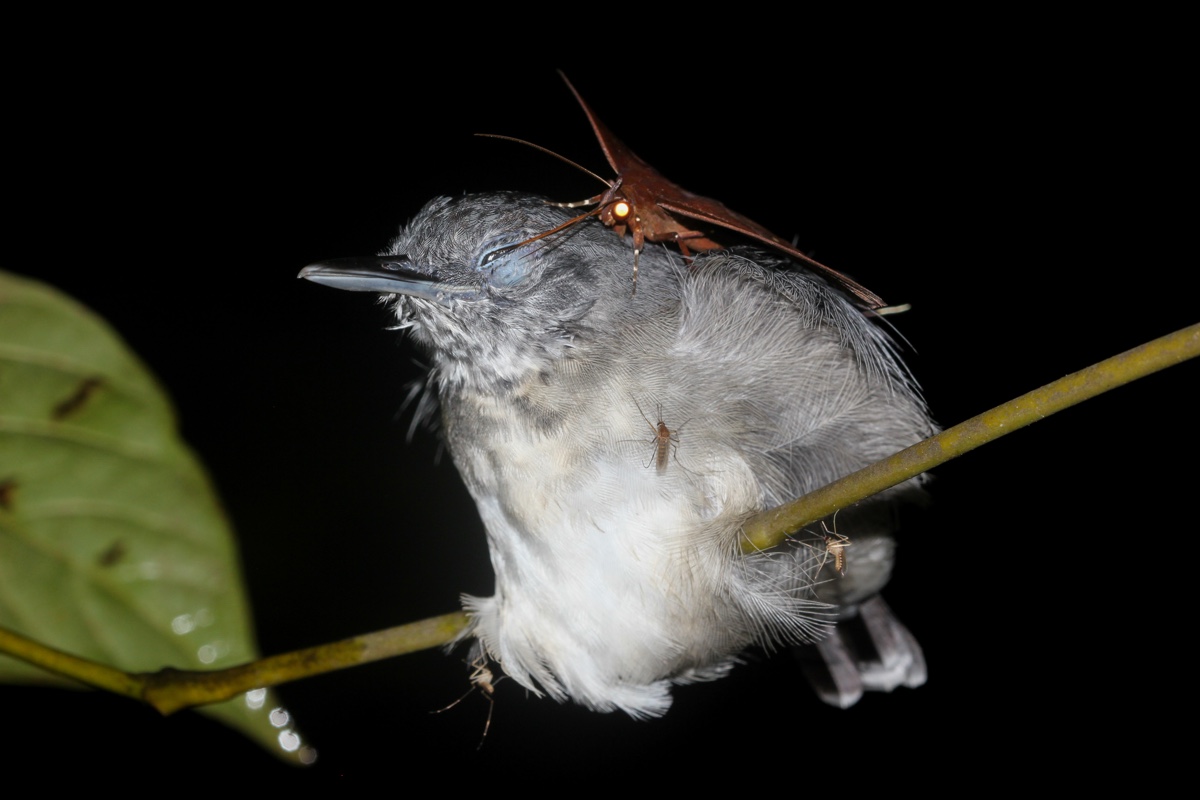
Somewhere in the Brazilian Amazon there is a moth sucking the tears out of a bird's eye in the dead of night. The moth is not doing this because he thrives on the suffering of others, like that one girl you knew in high school. He is doing this because he loves salt.
Animals drink each other's tears so often it has a name: lacryphagy. It's a relatively common way for insects like butterflies, bees and moths to supplement their diets with some free sodium, according to a new study published this year in the journal Ecology. Common targets include turtles and crocodiles, who are prone to lowering their metabolisms and lying still for hours at a time — but what about this bird? According to study author Leandro João Carneiro de Lima Moraes, birds like the black-chinned antbird seen here can go all-but-comatose at night in order to reduce their body temperature on muggy Amazon evenings.
While the goth moth gets a free meal out of the arrangement, it's unlikely the bird gets anything in return — except perhaps the risk of ocular disease. Nobody said nature was fair.
Siberia Happened
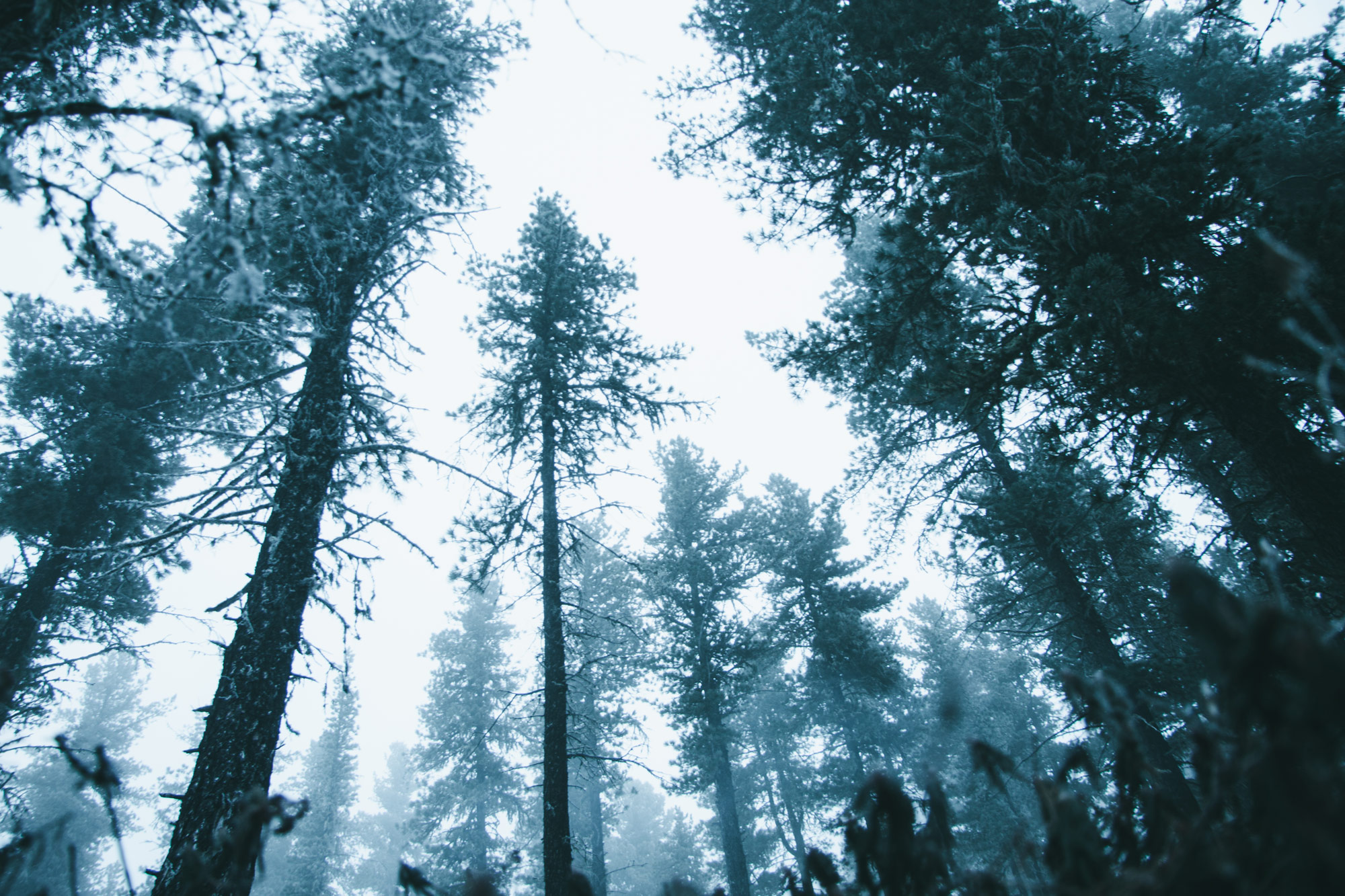
Siberia — that vast, snowy place that would be the world's largest country if it were one — had quite the metal year. Let's see: There was the time a sack of 54 severed human hands sprouted up from a snow drift, the time the sun mysteriously disappeared for three hours over the world's coldest city, the time it "rained blood" (actually just industrial pollution caught in a draft) over a factory parking lot, the time a 40,000-year-old dead baby horse emerged perfectly preserved from the permafrost, the 3 tons of gold bricks that fell from the sky…
We could go on. But instead, we will just say that, in 2018, "Siberia happened." And that is more than enough for us.
When a Moose Duel Stopped Traffic in Canada
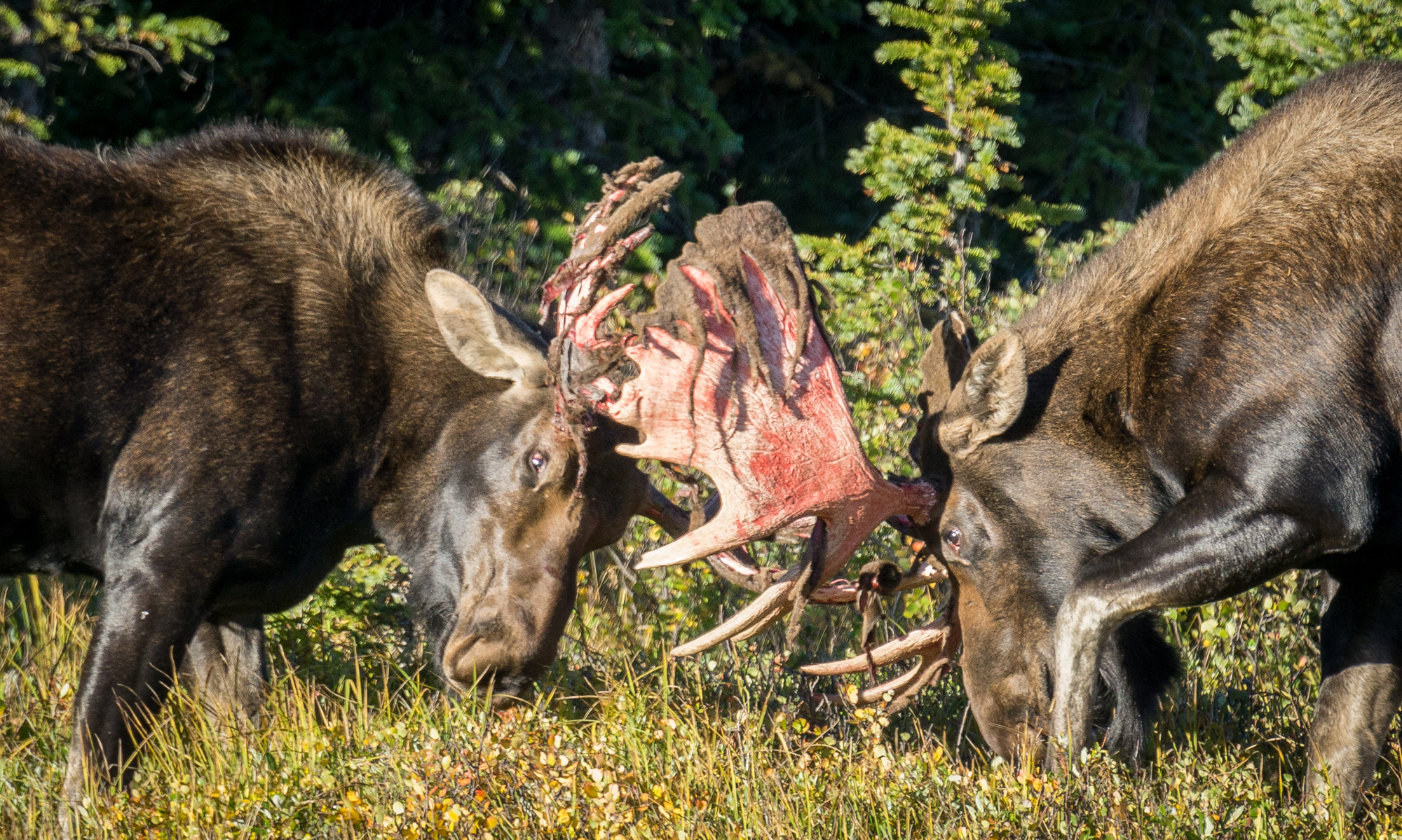
Bull moose are furry bulldozers with giant, spiked weapons attached to their skulls, but it's rare for humans to see those weapons in action.
Earlier this summer, one Canadian motorist did when two moose appeared before him on the New Brunswisk roadside. In a bizarre and beautiful ritual, the mighty moose alternated clashing their antlers together like Kirk and Spock in that one episode of Star Trek, pausing for several minutes of sober reflection, then crashing into each other again. Bull moose do this to solve sexual and territorial disputes, and the duel only ends when one moose shoves the other off balance using the force of his antlers alone. In this case, the fight took about 10 minutes — and you can watch it all (preferably with Sabbath still blasting in another tab).
When a Punch-Drunk Honey Badger Got Punted

Honestly, photographers witnessed enough animal fights this year to fill the lines of an epic Norse poem. Highlights include the warring king cobra and python who died tangled in each other's grasp, the shrieking match between two Canada lynx venting their sexual frustrations, the tied-up alligator who head-butted a smug trapper in the face, and the laboratory cockroach who kicked a wasp in the head to avoid becoming a mind-controlled zombie.
But the warriors to whom we'd like pay particular homage are the fearless honey badger and the South African oryx — a type of antelope 10 times its size — he picked a fight with. That's right: the honey badger started the fight. And for that he got punted, over and over again.
"[The honey badger] kept on charging at the oryx, then the oryx would hook the badger between its horns and toss him five or six meters (16 to 19 feet) into the air," Dick Theron, the photographer who saw the scene unfold, told the Daily Mail. The honey badger "just got up, shook itself and then charged at the oryx again!"
Nobody knows why. But we have a proposal: Badger and oryx weren't fighting — they were moshing. And to those two warriors we say have a very metal 2019, and rock on.
Originally published on Live Science.
Sign up for the Live Science daily newsletter now
Get the world’s most fascinating discoveries delivered straight to your inbox.

Brandon is the space/physics editor at Live Science. His writing has appeared in The Washington Post, Reader's Digest, CBS.com, the Richard Dawkins Foundation website and other outlets. He holds a bachelor's degree in creative writing from the University of Arizona, with minors in journalism and media arts. He enjoys writing most about space, geoscience and the mysteries of the universe.










